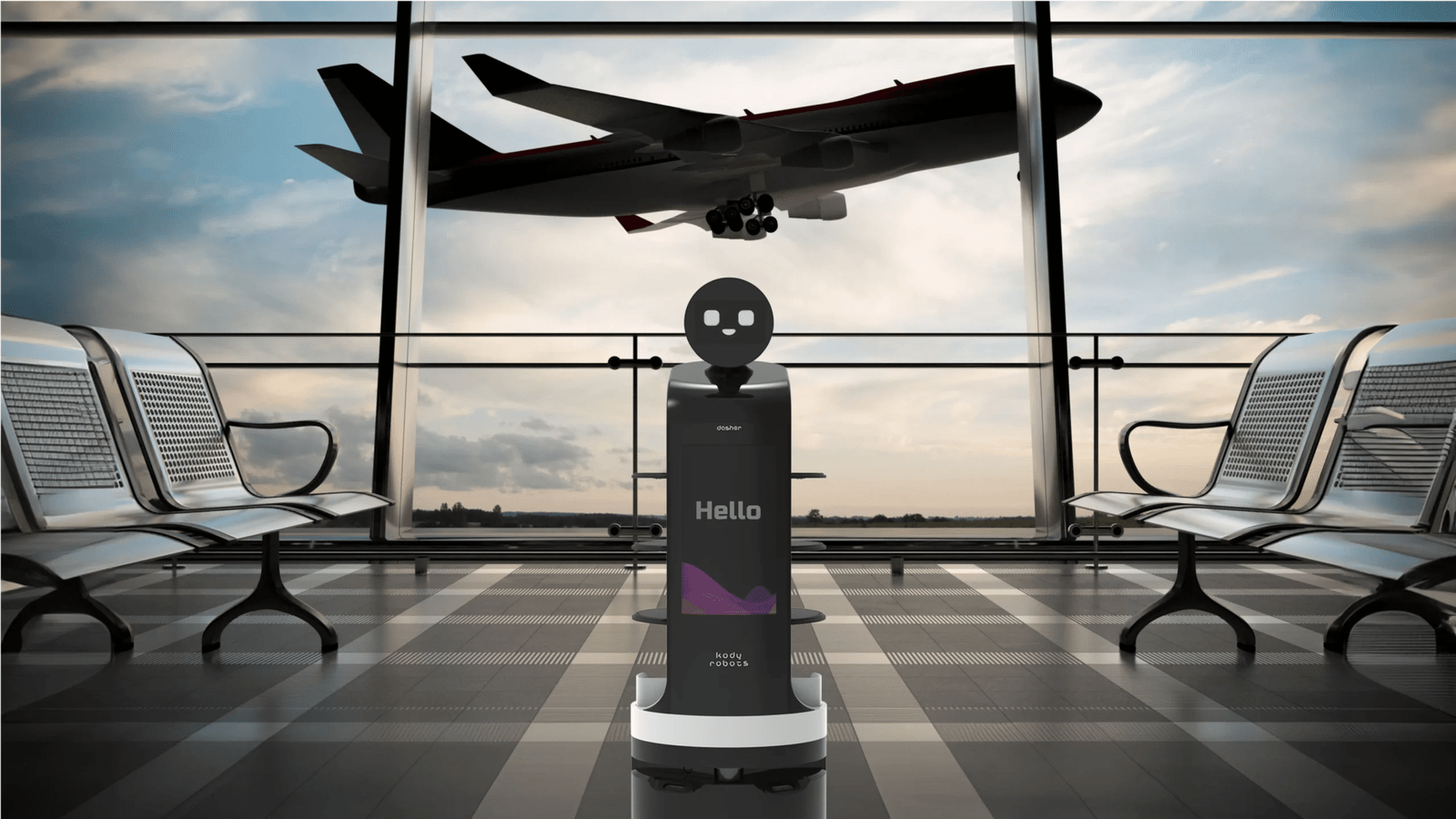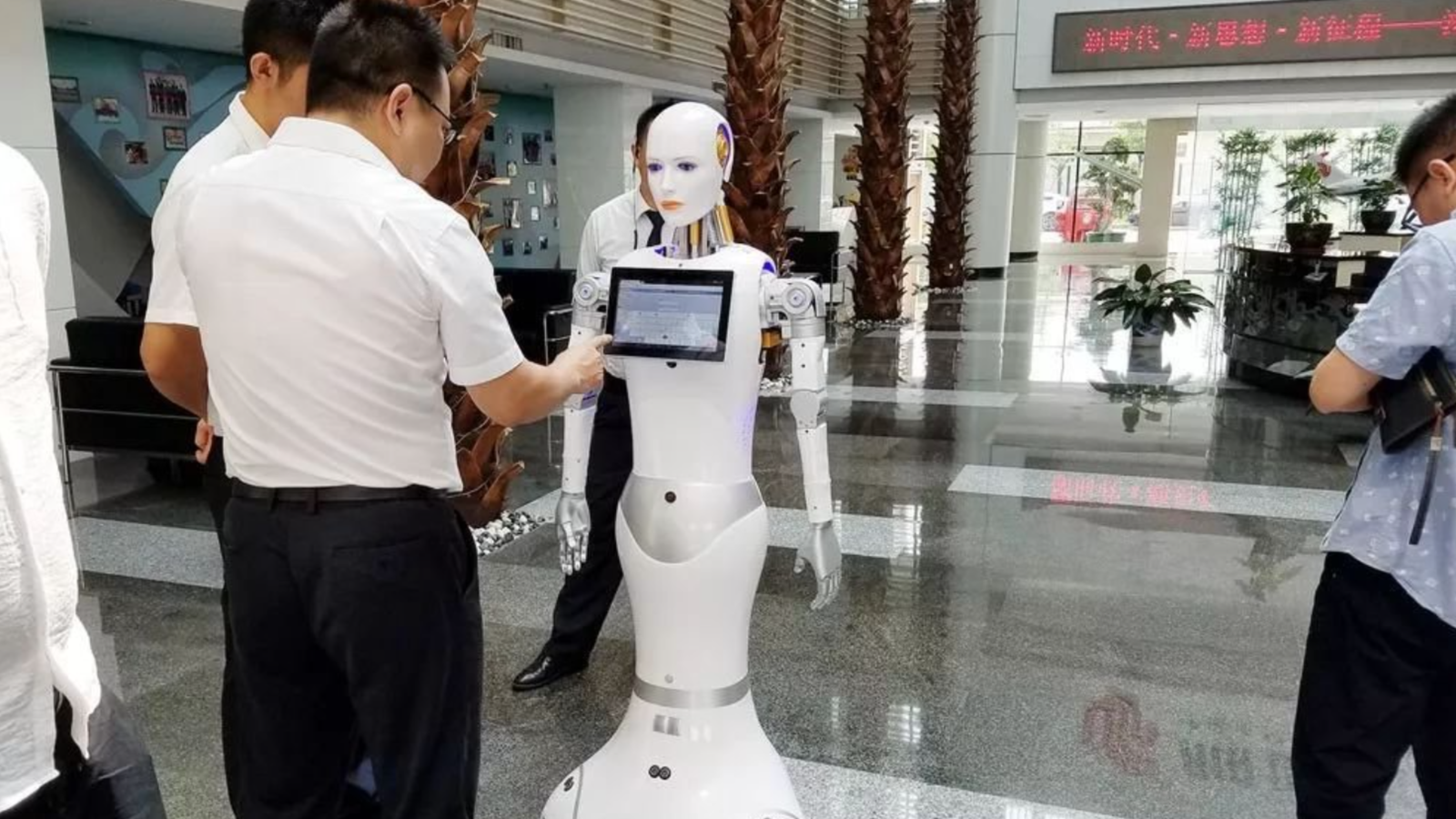1️⃣ Seamless Passenger Assistance
- Robots can greet passengers, guide them to gates, lounges, restrooms, or baggage claim.
- Offer multilingual support to help international travelers.
- Provide real-time flight information (boarding time, delays, gate changes).
2️⃣ Reduced Stress & Improved Experience
- Airports can be confusing, especially for first-time travelers. Robots simplify navigation with escort services and digital maps.
- They make the journey more relaxing and enjoyable, turning stress into comfort.
- Families and kids find robots engaging, making waiting times easier.
3️⃣ Efficiency & Queue Management
- Robots can assist in check-in, baggage drop, and security queues by directing travelers to the right counters.
- This reduces congestion during peak hours.
- Helps staff focus on security and critical operations instead of repetitive queries.
4️⃣ Health & Safety Support
- Disinfection robots can sanitize waiting areas, restrooms, and lounges.
- Robots can remind travelers about safety protocols (mask-wearing, security rules).
- Reduce unnecessary human-to-human contact, ensuring safer travel.
5️⃣ Personalized Traveler Engagement
- Robots can recommend duty-free shopping offers, restaurants, and lounges based on traveler profiles.
- They can promote airport services (VIP lounges, car rentals, currency exchange).
- Create a futuristic brand identity for the airport.
6️⃣ 24/7 Consistent Service
- Airports operate round the clock, and robots can provide non-stop assistance without fatigue.
- Ensure all passengers — even late-night or early-morning travelers — receive the same quality of service.
7️⃣ Global Smart Airport Transformation
- Leading airports worldwide are deploying robots, making it a global standard.
- For airports, robots are a competitive advantage, attracting more airlines and passengers who expect innovation.
- Supports smart city and digital transformation initiatives.




